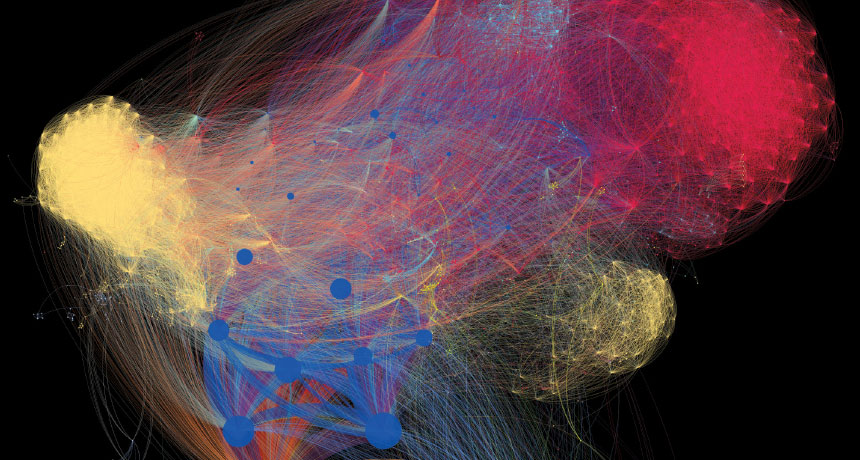Diagram captures microbes’ influence across animal kingdom
Many microorganisms colonizing humans also thrive in dogs, cattle

MICROBIAL NETWORK Many of the viruses, bacteria and other microbes that make themselves home in humans also affect a diverse group of animals including dogs, pigs and cattle.
M. Wardeh et al/Scientific Data 2015